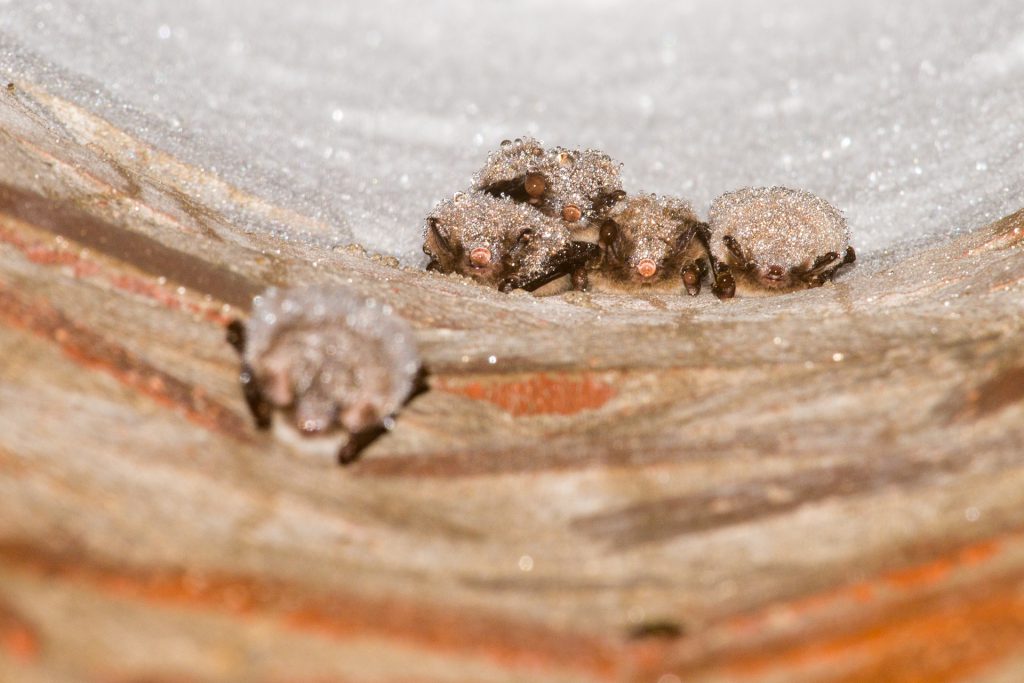Hibernation allows species to conserve energy and thereby bridge unfavorable environmental conditions. At the same time, hibernation imposes substantial ecological and physiological costs. Understanding how hibernation timing differs within and between species can provide insights into the underlying drivers of this trade-off. However, this requires individualized long-term data that are often unavailable. Here, a research team of the University of Greifswald used automatic monitoring techniques and a reproducible analysis pipeline to assess the individualized hibernation phenology of two sympatric bat species. The study is based on data of more than 1100 RFID-tagged Daubenton’s bats (Myotis daubentonii) and Natterer’s bats (Myotis nattereri) collected over seven years at a hibernaculum in Germany. We used linear mixed models to analyze species-, sex- and age-specific differences in entrance, emergence and duration of the longest continuous period spent in the hibernaculum. Overall, Daubenton’s bats entered the hibernaculum earlier and emerged later than Natterer’s bats, resulting in a nearly twice as long hibernation duration. In both species, adult females entered earlier and emerged from hibernation later than adult males. Hibernation duration was shorter for juveniles than adults with the exception of adult male Natterer’s bats whose hibernation duration was shortest of all classes. Finally, hibernation timing differed among years, but yearly variations in entrance and emergence timing were not equally shifted in both species.
The results suggest that even in sympatric species, and across sex and age classes, hibernation timing may be differentially affected by environmental conditions. This highlights the necessity of using individualized information when studying the impact of changing environments on hibernation phenology.
[Adjusted Abstract]

Originalstudie:
Meier, F., Grosche, L., Reusch, C., Runkel, V., van Schaik, J., Kerth, G. (2022): Long-term individualized monitoring of sympatric bat species reveals distinct species- and demographic differences in hibernation phenology. BMC Ecol Evo 22, 7 (2022). https://doi.org/10.1186/s12862-022-01962-6
